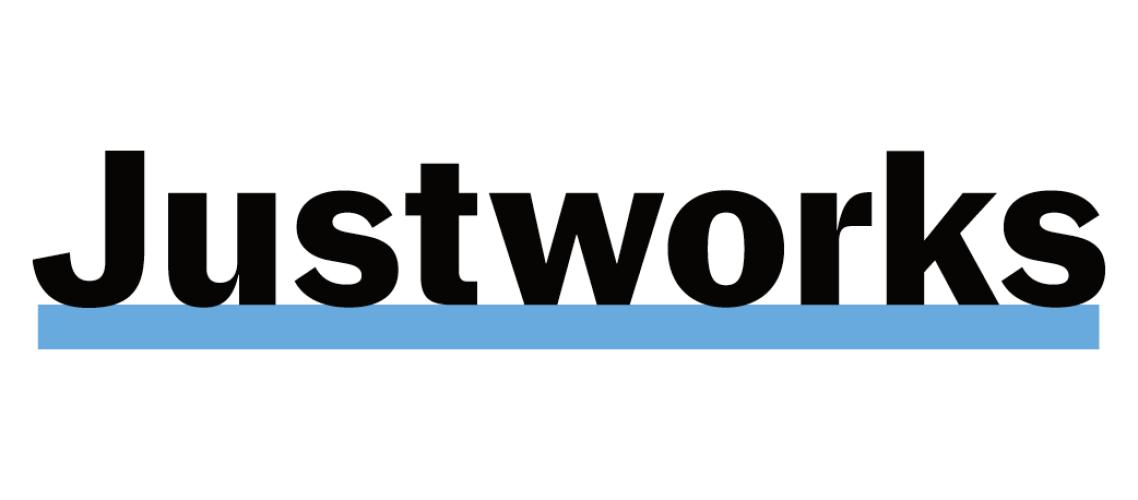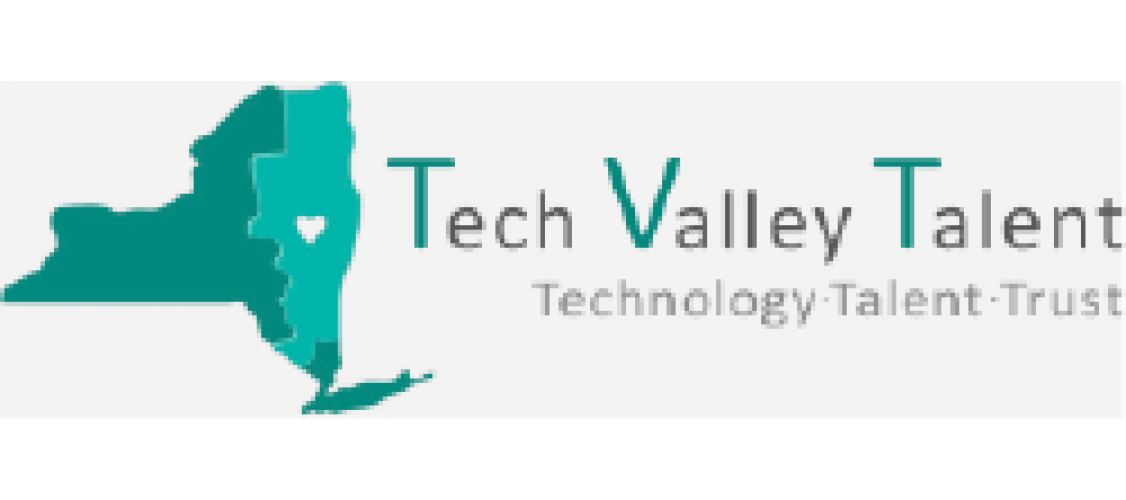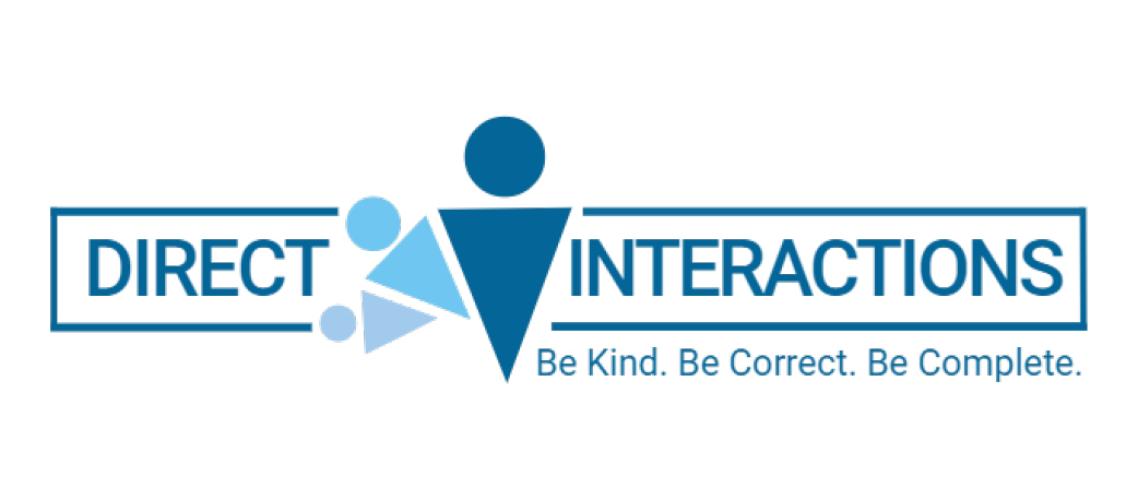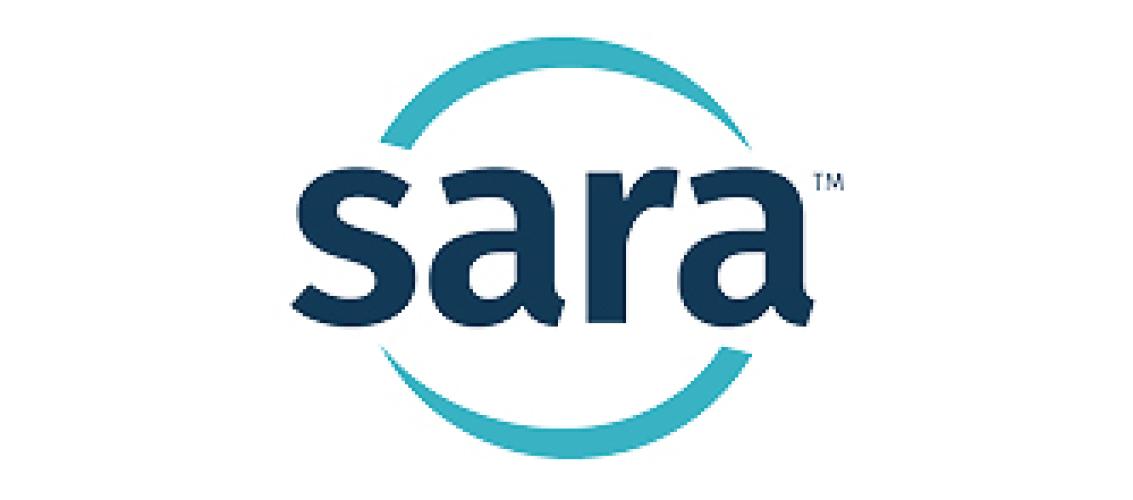NASWA Comments on the Notice of Proposed Rulemaking Regarding E&T Services for the Child Support Program
Tanguler Gray, Commissioner
U.S. Department of Health and Human Services
Administration for Children and Families
Office of Child Support Services
Attention: Director of Policy and Training
330 C Street SW
Washington, DC 20201
Re: Notice of Proposed Rulemaking: Employment and Training Services for Noncustodial Parents in the Child Support Program (RIN: 0970–AD00; Document Number: 2024-11842; Document Citation: 89 FR 47109)
Dear Commissioner Gray,
The National Association of State Workforce Agencies (NASWA) appreciates the opportunity to comment on the Office of Child Support Services’ Notice of Proposed Rulemaking (NPRM) regarding Employment and Training Services for Noncustodial Parents in the Child Support Program.
As a non-profit and non-partisan organization whose membership is comprised of workforce agencies in all fifty states, the District of Columbia, and U.S. territories, NASWA brings a unique and diverse perspective to the challenges facing our nation’s workforce. Our members are on the frontlines of policy development and service delivery for programs as varied as workforce development, unemployment insurance, labor market information, veteran reemployment, and registered apprenticeship. Notably, our members administer a broad range of programs and partnerships under the Workforce Innovation and Opportunity Act (WIOA).
Following the issuance of OCSS’ NPRM, NASWA and the American Public Human Services Association (APHSA) facilitated a series of cross-sector conversations engaging both workforce and human services administrators at the state-level on the proposed rules. Our comments on this NPRM draw upon this cross-sector dialogue and reflect a few common areas of consensus raised by NASWA’s state workforce agency members.
Overall, we commend OCSS for advancing policies that would enable states to use Federal Financial Participation (FFP) for employment and training services. This added flexibility has the potential to: (1) strengthen state child support programs, (2) forge stronger partnerships between state workforce and human services agencies, and (3) provide greater economic security, employment, and career advancement opportunities for individuals and their families.
While we applaud OCSS for its thoughtful policy approach, NASWA would like to offer comments on specific aspects of the NPRM. Ultimately, we hope these comments contribute to OCSS advancing a final rule that enables state workforce and human services agencies to partner more successfully in supporting individuals and families through impactful employment and training services.
Thank you for your thoughtful consideration of our comments and know that we welcome the opportunity to engage on this important issue further.
Sincerely,
Scott B. Sanders
NASWA President and CEO
1. Ensure That the Use of FFP for Employment and Training Services Remains a State Option
Overall, state workforce agencies strongly support the added flexibility of using FFP for employment and training services. As mentioned above, the flexibility to use FFP for employment and training services has the potential to (1) strengthen state child support programs, (2) enhance partnerships between state workforce and human services agencies, and (3) provide an important tool for connecting individuals with meaningful employment opportunities in the U.S. labor market. Additionally, many state workforce agencies expressed enthusiasm for a potential new source of funding for workforce development initiatives supporting individuals who often face significant barriers to employment.
While we commend OCSS for the policy reforms included in the NPRM, not all states will have the capacity or desire to leverage FFP for employment and training services. Accordingly, we strongly encourage OCSS to ensure that the use of FFP for employment and training services remains a state option and does not become a required activity for all states.
2. Advance a Final Rule That Minimizes Barriers to Co-Enrolling Individuals across Workforce Programs and Eases the Blending and Braiding of Funds
In NASWA’s discussions with state workforce agency leaders, many states emphasized the importance of supporting jobseekers across multiple workforce programs (e.g., the Wagner-Peyser Act Employment Service program as well as the WIOA Title I Adult, Dislocated Worker, and Youth programs).
While NASWA appreciates OCSS’ overarching policy objectives, the current language around “nonduplicative employment and training services” raises concerns about the ability and ease with which state workforce and human services agencies can support individuals across programs. As such, NASWA strongly encourages OCSS to advance a final rule that minimizes the barriers to co-enrolling individuals across multiple workforce programs and makes it easy to blend and braid funding to fully support workforce system customers.
Ultimately, a successful final rule should advance a policy framework that eliminates barriers for individuals to engage with the existing public workforce system and leverage the full range of programs and services that are available.
3. Provide Sufficient Flexibility to States for Using FFP in the Delivery of Employment and Training Services
In NASWA’s discussions with state workforce agency leaders, many states highlighted the importance of having sufficient flexibility to advance and operationalize innovative and successful models of service delivery. As OCSS develops a final rule, it should afford significant flexibility to state workforce and human services agencies.
Examples of this flexibility include: (1) enabling state child support agencies to enter into contracts with the full range of public, private, and nonprofit organizations that deliver employment and training services (including state workforce agencies and other workforce system partners); (2) enabling states to use either merit staff, non-merit staff, contractors, or any combination thereof in the delivery of employment and training services; (3) broadening the kinds of allowable employment and training services that can be delivered; and (4) enabling states to provide supportive services (e.g., transportation assistance) to individuals receiving employment and training services.
4. Explore Opportunities for Broadening Eligibility Requirements
In NASWA’s discussions with state workforce agency leaders, many states expressed interest in broadening the eligibility requirements in order to serve a greater number of individuals. As such, NASWA encourages OCSS to explore opportunities for expanding the eligibility requirements so that state workforce and human services agencies can deliver employment and training services to additional individuals facing barriers to employment (including non-custodial parents with arrears-only cases).
5. Allow the Use of FFP for Covering a Portion of Public Workforce System Infrastructure Costs
While many state workforce agencies expressed enthusiasm for partnering with their human services counterparts in the use of FFP for delivering employment and training services, there was an acknowledgement that these partnerships have the potential to impose additional costs on the public workforce system. Accordingly, NASWA encourages OCSS to consider allowing states to use FFP to cover a portion of American Job Center (AJC) infrastructure costs.
6. Require State Child Support Agencies that Use FFP for Employment and Training Services to Develop Partnerships with State Workforce Agencies
State workforce agencies and other stakeholders within the public workforce system can serve as meaningful partners in using FFP to deliver employment and training services to individuals. Rather than duplicating workforce system infrastructure, administrative functions, case management operations, and service delivery models, state child support agencies should leverage the existing public workforce system. As such, NASWA strongly encourages OCSS to both require and incentivize state child support agencies to partner with state workforce agencies (e.g., through Memorandums of Understanding) if they choose to use FFP for employment and training services. Such partnerships are particularly important given OCSS’ stated goal of advancing nonduplicative employment and training services.
7. Minimize Administrative, Reporting, and Operational Burdens on State Workforce and Human Services Agencies
In NASWA’s discussions with state workforce agency leaders, many states expressed concerns about the potential administrative, reporting, and operational burdens that could result from the proposed rule. As such, OCSS should advance regulations that ultimately minimize these burdens on state workforce and human services agencies—as well as their local partners. Minimizing these burdens will be essential for increasing the number of states that ultimately choose to exercise the flexibility of using FFP for employment and training services.
8. Ensure Close Coordination between OCSS and the U.S. Department of Labor’s Employment and Training Administration (ETA)
In NASWA’s discussions with state workforce agency leaders, many states appreciated OCSS’ emphasis on the importance of “improved coordination between the various Federal programs that are eligible to provide employment and training services.” State workforce agencies acknowledged the importance of forging stronger partnerships with their human services counterparts but underscored that close coordination is also imperative at the federal level. As such, NASWA strongly encourages OCSS to work closely with the U.S. Department of Labor’s Employment and Training Administration (ETA) and other federal partners in both the development and implementation of a final rule.
Examples of this coordination include: (1) issuing joint guidance on how state workforce and human services agencies can successfully co-enroll individuals and blend funding across multiple workforce programs, (2) issuing joint guidance on how states are expected to coordinate around nonduplication of employment and training services, (3) collaborating in the development of technical assistance efforts, and (4) aligning reporting requirements across programs.
9. Provide States with Funding and Other Resources to Research, Evaluate, and Share Best Practices for Using FFP for Employment and Training Services
In NASWA’s discussions with state workforce agency leaders, multiple states expressed interest in OCSS—in partnership with ETA—supporting opportunities for state workforce and human services agencies to research and evaluate various approaches for using FFP to deliver employment and training services. States also expressed interest in opportunities to engage in peer-to-peer learning and knowledge exchange as they develop new service delivery models. NASWA and APHSA’s respective networks of state workforce and human services leaders provide potential forums for this cross-system collaboration.
Additionally, NASWA’s Multi-State Data Collaboratives, which bring together state workforce, higher education, human services, and other agencies, provide a unique opportunity for states to engage in cross-system learning and knowledge exchange.
10. Provide Funding to Cover Costs Required to Implement the Final Rule
In NASWA’s discussions with state workforce agency leaders, states expressed concerns about the many administrative, technological infrastructure, and other costs that will be required to successfully implement the final rule. NASWA appreciates the flexibility that states will have in choosing whether to use FFP for employment and training services, and we recognize that the federal rulemaking process is not the appropriate mechanism to address funding. However, we wanted to underscore that the stated goals of the NPRM will not be fully realized unless sufficient funding is made available to states for implementation. Accordingly, we strongly encourage OCSS to explore opportunities to provide states with funding to cover the start-up and other costs associated with implementing the final rule.

































